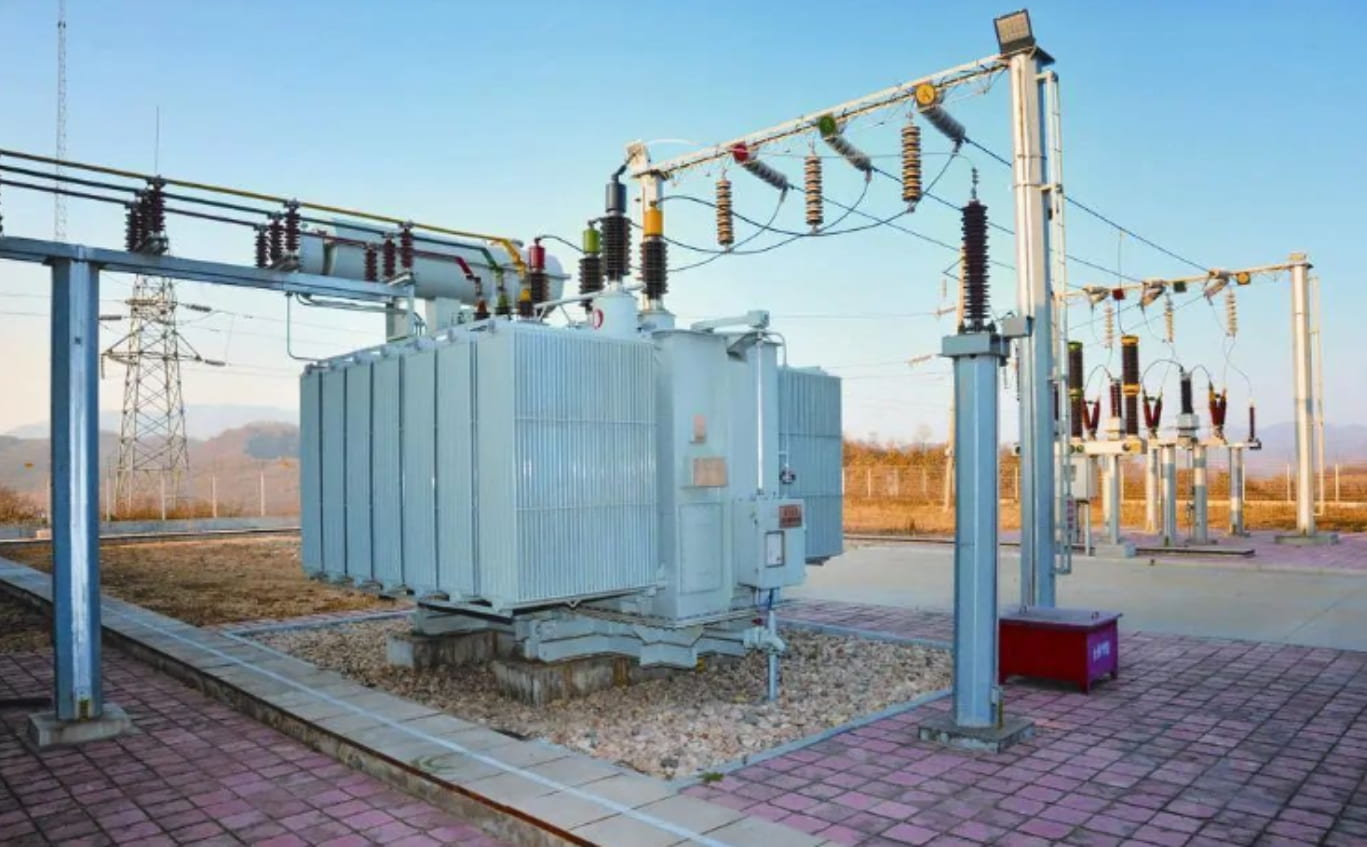Email :sales@beondt.com
Application scenarios of transformers
Transmission and distribution applications
Transformers are widely used in various power transmission and distribution applications. Power transmission can be defined as the movement of high-voltage electrical energy from power plants to substations, while distribution corresponds to the conversion of high amplitude voltage signals into significantly lower value voltage signals. In addition, the low-level voltage signals allocated by the distribution system can be used for different household and commercial applications. Energy can be circulated from the power plant to its destination through wires and cables. In such applications, transformers can be used to maintain the frequency and amplitude levels of signals at constant values.
Steel manufacturing
Steel manufacturing plants are a typical example of commercial applications, and the use of transformers can be easily observed. The steel manufacturing process mainly involves the melting, welding, forming, and cooling of raw materials. In order to melt and weld components, a very large current is required; However, in order to cool the components, relatively low current values are required. In order to achieve frequent regulation of this current throughout the entire manufacturing process, high-voltage transformers are typically used. In the steel manufacturing industry, transformers tend to increase or decrease the voltage values at different points of the circuit and help users obtain the required current.
Cooling fluid
When the transformer is used in air dried form, it can be used to generate a cooling effect. The cooling effect generated by transformers can be easily used in refrigerators to keep food refrigerated and fresh. In addition to cooling, transformers used in refrigerators and other related applications also provide necessary voltage regulation to avoid surge currents and voltage imbalances, ensuring equipment safety. In addition, even after a sudden termination of power supply, transformers help maintain the cooling of the refrigerator for a period of time.
Air conditioner
Air conditioning is another example of daily life applications, which uses transformers to perform general operations to the optimal value expected by users, allowing air conditioning and fans to work simultaneously, and controlling the power flowing through the circuit according to current needs. Heating, ventilation, and air conditioning devices in a similar manner also use transformers to simplify their operation, enhance their performance, and optimize power consumption.
Industrial use
Transformers are used in various industrial equipment, such as welding machines, electric furnaces, electroplating machines, electric motors, etc., to provide power for them.
1) Electric furnace: Electric furnace is a common heating equipment in industrial production, which requires high voltage and high current to generate high temperature. Therefore, transformers are often used in industry to convert low voltage and high current power sources into high voltage and low current power sources to provide the high energy input required by electric furnaces.
2) Electric welding machine: The electric welding machine needs to generate high temperature and high energy through a short-term arc to process welded parts. In some high-power welding machines, transformers are used to transform voltage and current in order to ensure power stability and overload protection.
3) Electroplating machine: The electroplating process requires a large amount of electrical energy, and the stability of the power supply needs to be ensured to ensure the quality of the coating. Therefore, transformers are often used in industry to convert low current and high voltage power sources into high current and low voltage power sources.
4) Industrial power generation: In the industrial field, some types of industrial generators require the output voltage to be transformed to adapt to different equipment and applications. Transformer is one of the basic components for achieving output voltage conversion.
5) Variable frequency drive: Variable frequency drives have been widely used in industrial equipment. It can control the output of the motor, thereby achieving precise control of the equipment. The frequency converter uses a transformer to convert the voltage and frequency of the input power supply into the voltage and frequency required for the output.

Our hours
Mon to Fri: 9 AM - 7 PM (GMT+8)